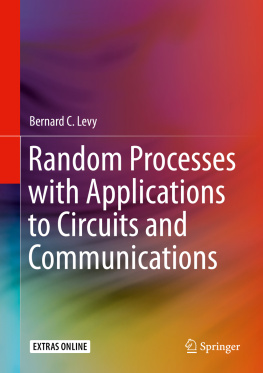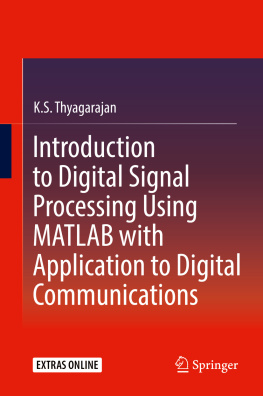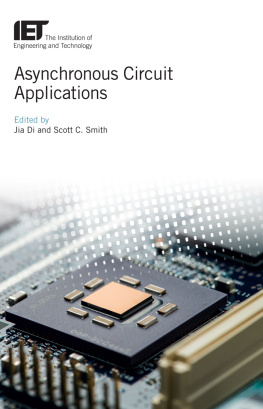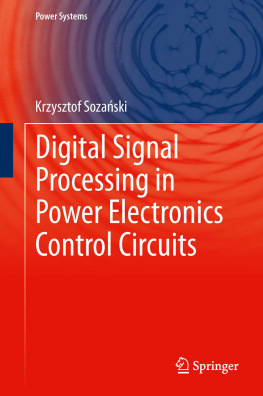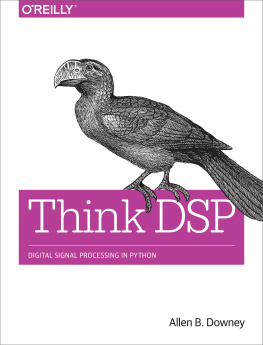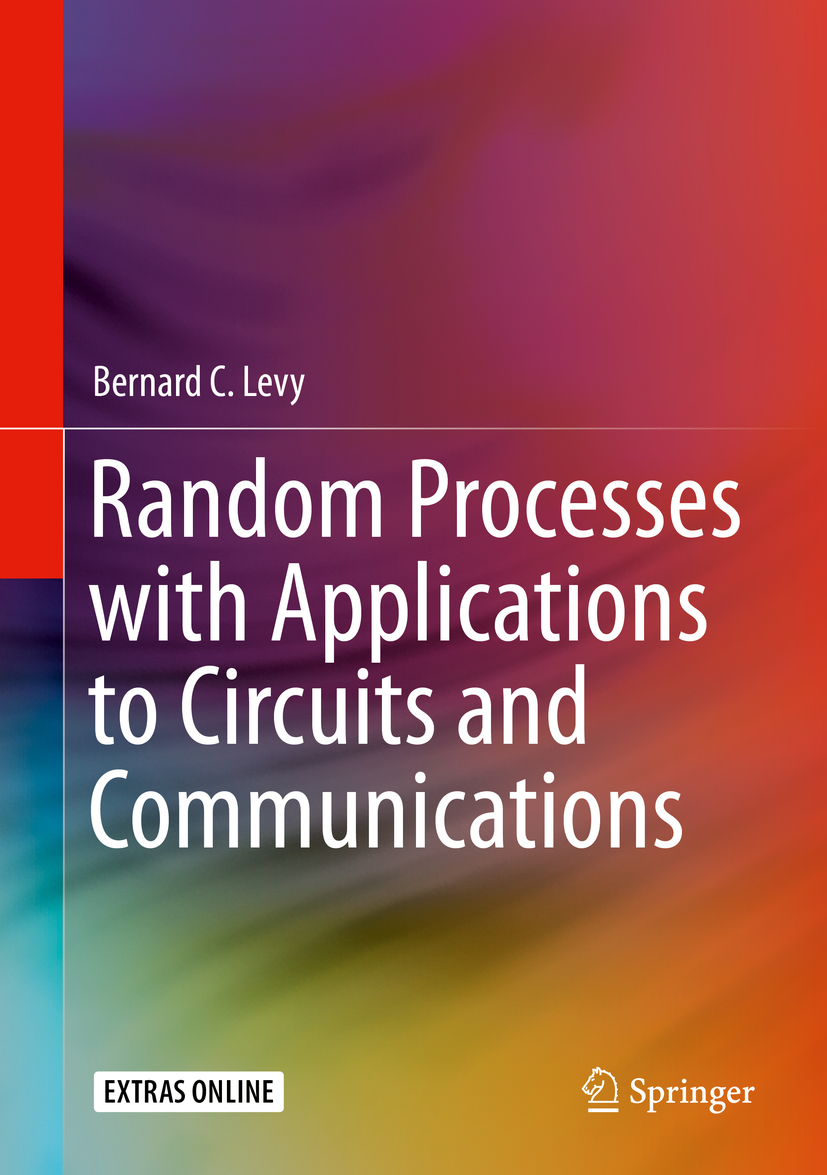Bernard C. Levy
University of California, Davis, CA, USA
ISBN 978-3-030-22296-3 e-ISBN 978-3-030-22297-0
https://doi.org/10.1007/978-3-030-22297-0
Additional material to this book can be downloaded from http://springer.com
Springer Nature Switzerland AG 2020
This work is subject to copyright. All rights are reserved by the Publisher, whether the whole or part of the material is concerned, specifically the rights of translation, reprinting, reuse of illustrations, recitation, broadcasting, reproduction on microfilms or in any other physical way, and transmission or information storage and retrieval, electronic adaptation, computer software, or by similar or dissimilar methodology now known or hereafter developed.
The use of general descriptive names, registered names, trademarks, service marks, etc. in this publication does not imply, even in the absence of a specific statement, that such names are exempt from the relevant protective laws and regulations and therefore free for general use.
The publisher, the authors, and the editors are safe to assume that the advice and information in this book are believed to be true and accurate at the date of publication. Neither the publisher nor the authors or the editors give a warranty, express or implied, with respect to the material contained herein or for any errors or omissions that may have been made. The publisher remains neutral with regard to jurisdictional claims in published maps and institutional affiliations.
This Springer imprint is published by the registered company Springer Nature Switzerland AG
The registered company address is: Gewerbestrasse 11, 6330 Cham, Switzerland
Preface
This textbook is based on teaching materials (lecture notes, problem sets, exams) generated over the last 20 years while teaching a first-year graduate course on random processes in the Department of Electrical and Computer Engineering (ECE), UC Davis. Since the ECE Department is a medium-size department, the course has been designed to appeal to a constituency extending beyond signal processing, communications, control, and networking and including in particular circuits, RF, and optics graduate students. So compared to recent textbooks which tend to focus on communications and networking applications, this book represents in part a return to the more physically oriented focus of early ECE random processes textbooks by Davenport and Root, Papoulis, or Helstrom. Another reason for this focus is that with the relentless shrinking of electronic devices over the last 20 years and the accompanying decrease of voltages to reduce power consumption, noise has become progressively a more severe source of performance limitation, and in this context, circuit designers need often to understand noise modeling issues when evaluating circuit architectures. So, while covering classical material on Brownian motion, Poisson processes, and power spectral densities, I have attempted to insert discussions of thermal noise, shot noise, quantization noise, and oscillator phase noise. At the same time, techniques used to analyze modulated communications and radar signals, such as the baseband representation of bandpass random signals or the computation of power spectral densities of a wide variety of modulated signals, are presented.
Although the early chapters of this book include a review of probability theory, random variables convergence, and of asymptotic results such as the law of large numbers and the central limit theorem, it is expected that all the readers of this book will have some training at an undergraduate level in probability and statistics. Ideally, some prior exposure to random processes, in particular the computation of their mean and autocorrelation and the effect of linear filtering operations, would be beneficial, but is not required as these concepts are derived from scratch. Also, while a rigorous presentation of random processes requires the use of measure theory, the technological focus of modern ECE curricula makes it unrealistic to expect that first- or even second-year ECE graduate students should have taken a course on measure theory and Lebesgue integration prior to being exposed to random processes. So, like most ECE graduate textbooks on random processes, measure theory will not be used openly, but since measure theory concepts like sigma fields are unavoidable, they will be lurking in the background, giving rise to unaddressed technical details. A reader already familiar with measure theory and Lebesgue integration should find it easy to identify and fill in gaps in technical derivations when needed. On the other hand, ECE graduate students have typically received a strong training in transform theory (Fourier, Laplace, and z -transforms) and linear algebra, and this experience will be leveraged throughout this book.
Another important feature of stochastic and noise phenomena arising in electrical and computer engineering systems is that they often require a significant modeling effort prior to any form of analysis. Thus, a second goal of this book is to provide some modeling training, primarily through the inclusion of long problems at the end of each chapter, where starting from a description of the operation of a system, a model is constructed and then analyzed. Some of these problems are rather arduous and will test the patience of students. But they reflect my view that learning is often best achieved by working through challenging problems. It is easy to be lulled in a false sense of confidence when reading course notes, where neatly organized answers are provided to each question posed. But the true test of understanding arises when solving messy problems extracted from real-world situations.
I would like to express my gratitude to the educators, mentors, and colleagues who helped me gain a better understanding of random processes at various stages of my career. In particular, I thank Philippe Formery, Georges Matheron, Jean Jacod, and Pierre Faurre at Mines ParisTech, and Kai Lai Chung, Donald Iglehart, and Thomas Kailath, my thesis adviser, at Stanford University. In addition, I would like to acknowledge Sanjoy Mitter, Alan Willsky at MIT, Albert Benveniste at INRIA, and Art Krener and Bill Gardner at UC Davis for their influence and help in clarifying various aspects of stochastic analysis. I would also like to thank all the students who took my EEC260 random processes course during the last 20 years for their interesting questions. Many of the problems appearing in this book originate in fact from student discussions during office hours.
Finally, I would like to express my deep appreciation to my wife, Chuc Thanh, for her support and indulgence in allowing me to spend so much time on this book project.
Bernard C. Levy
Davis, CA, USA

